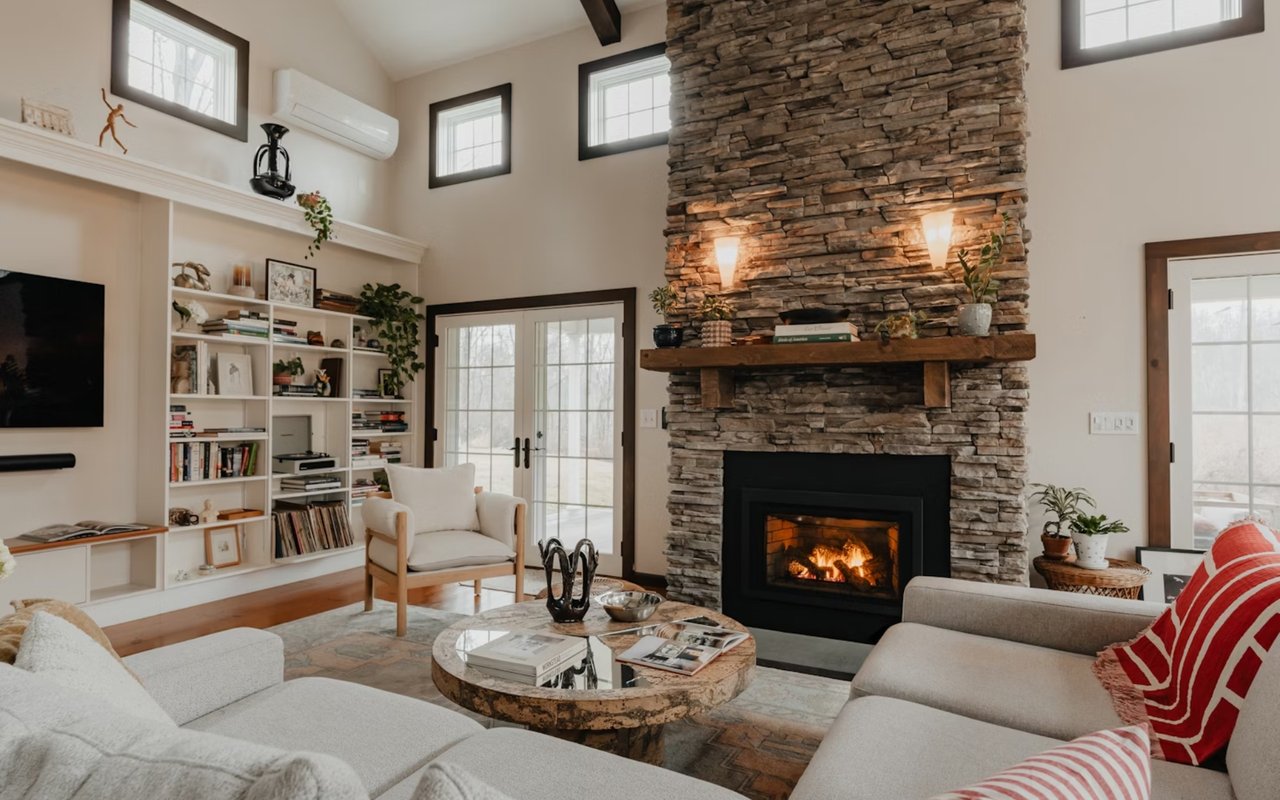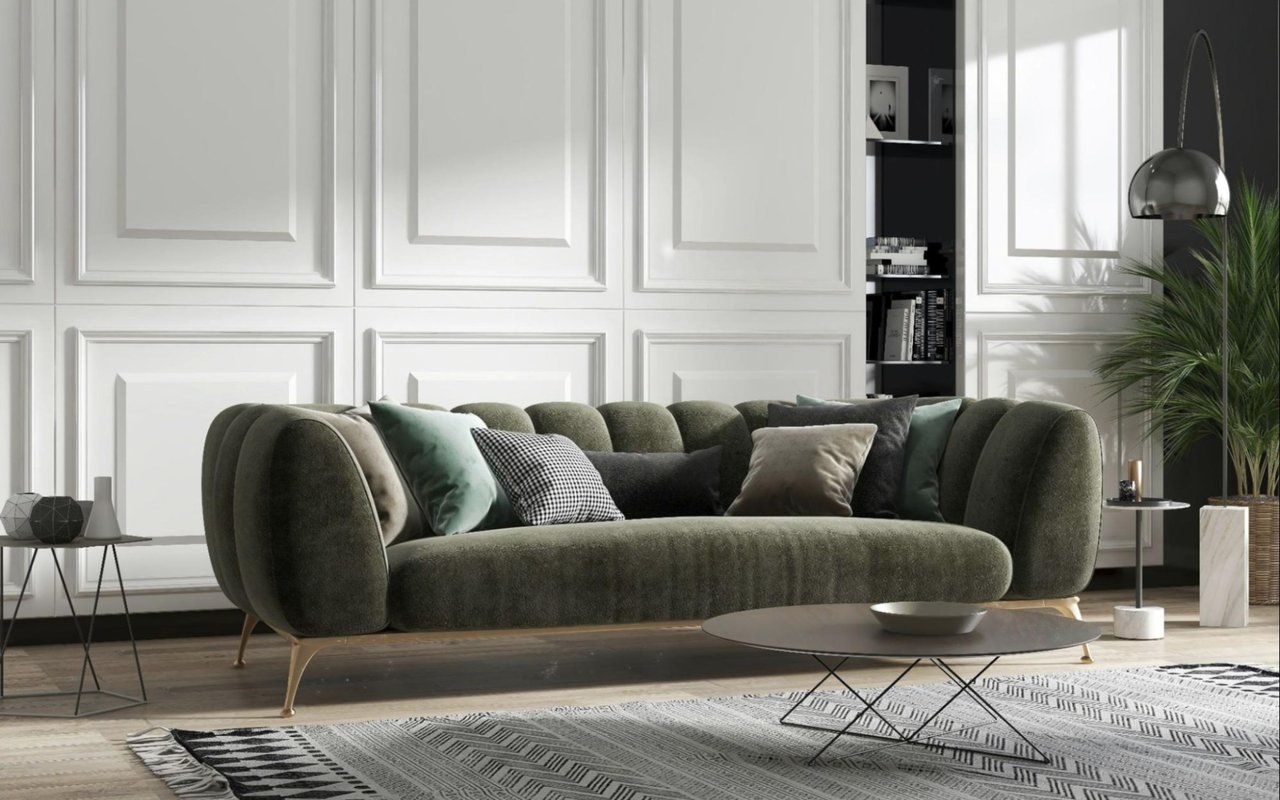Color is one of the most powerful tools you have when shaping the atmosphere of your home. The right paint tone can make a small room feel expansive, bring warmth to a space that feels cold, or create a serene retreat where you can truly relax. Choosing colors is about much more than picking a shade you like on a swatch; it’s about evaluating how light, undertones, and finishes interact to create the overall feel of a room. When you understand the science behind color, you can create a home that feels harmonious, inviting, and perfectly suited to your style.
Start With The Building Blocks
Light Reflectance Value, or LRV, is the number on the back of the paint swatch that tells you how much light a color bounces back into the room. Higher numbers mean more light reflection. Lower numbers absorb light. Use LRV to purposely brighten up a space with limited daylight or to anchor a sun-drenched room so it does not feel stark. Two colors with the same hue can feel totally different if their LRVs are far apart.
Respect The Power Of Light: Orientation, Bulbs, And Time Of Day
Artificial light matters as much as daylight. The color temperature of your bulbs (measured in Kelvin) and their Color Rendering Index (CRI) change how accurately you see paints. If you plan to update your lighting, choose your bulbs first, then pick your paint.
Undertones And Metamerism: The Hidden Traps
Metamerism is the phenomenon where a color shifts when the light source changes. A gray that reads balanced in daylight can lean purple under LEDs. This is why you should never commit after seeing a color only in one store under one set of lights. Paint large samples, move them around, and watch them morning, afternoon, and night.
Color Psychology You Can Actually Use
Remember that saturation changes the mood as much as hue does. A highly saturated green can feel punchy and bold. A desaturated green with a gray base can feel elegant and grounded. If you love a color but it feels too loud, look for its more muted sibling in the same family.
Build A Whole-Home Palette With Intent
Many designers use the 60–30–10 guideline to balance dominance, support, and accent. Sixty percent is your main neutral or wall color. Thirty percent is secondary colors found on cabinetry, large furniture, or adjacent rooms. Ten percent is the accent that adds personality through powder rooms, doors, or statement walls. You can bend the ratio, but having a structure keeps decisions focused.
Choose The Right Sheen For Performance And Look
Remember that sheen can also change how saturated or dark a color reads. Higher sheen reflects more light and can make colors look a touch brighter. Lower sheen absorbs light and can deepen the color slightly. If the exact appearance matters, sample the sheen you plan to use, not just the color.
Trend-Proof Your Choices (Without Feeling Boring)
Ask yourself whether you will love this color three years from now. If the answer is not a confident yes, choose a more timeless base and bring the trendiness in through art, textiles, or decor. Paint should enhance your architecture and lifestyle, not force you into a repaint next season.
Let Science Guide, Then Let Your Taste Decide
If you’re ready to find the right match, reach out to Dennis Kusenberger for trusted insight as you explore your real estate options in Fredericksburg, TX.




